Oddly enough this is not the first Praktica SLR that I’ve had in my collection, one of my earliest SLRs that I never actually got around to using was a Praktica Super TL that ended up going into one of the early giveaways for the Film Photography Podcast in their first season along with a LOMO Lubitel 2. So when the LTL showed up at my doorstep, I decided to give the cameras another go. The LTL is, given its age, a bit of an anachronism. By the 1970s, most camera makers west of the iron curtain and Japan used open aperture TTL metering. Yet, in the same initial offerings in Pentacon’s L-Series, they still had a selenium metered camera that had the meter uncoupled. But there’s a certain charm to this clunker; the lens is excellent with auto-aperture, decent coating and construction, the M42 mounts allow for a wide range of lenses to be attached. And the build quality, well at least the solid weight of the camera allows it to be used as a personal defence weapon. But the real winning feature is the placement of the shutter release. Special thanks to the neighbour who left the camera on my doorstep and who wishes to remain anonymous.
Camera Specifications
Make: Pentacon
Model: Praktica LTL
Type: Single Lens Reflex
Format: 135 (35mm), 36x24mm
Lens: Interchangable, M42 Mount
Shutter: Vertical-travel Focal Plane, 1″ – 1/1000″ + Bulb
Meter: 1x TTL CdS meter, EV 1 ~ EV 18 @ ASA-100, ASA-12 – ASA-1600
Year of Manufacture: 1970-5
Background
Despite being nearly instantly linked to the Pentacon name, the Praktica line of cameras predates the Second World War and East Germany. In 1939 Kamera-Werkstätten (KW) in Dresden released the world’s third 35mm SLR using the 36x24mm negative size, they were only preceded by the GOMZ Спорт (Sport) and the Ihagee Kine Exakta. And while they didn’t hit the market first, they were the first to include the instant return mirror and interchangeable lenses using a threaded lens mount. But not the iconic M42 (that didn’t show up until 1947), but rather a dedicated 40mm mount. KW called the camera the Praktiflex. During the Second World War, the firebombing by Allied bombers destroyed the city, including 80% of the camera production plants called Dresden home. The post-war division of Germany put the city firmly in the hands of the Soviets, who like their former western allies saw the camera business as a means to rebuild the shattered economy and make use of the sheer amount of technology present in the Germany optical industry. KW would release in 1949 the first Praktica SLR, it retained the waist level finder but now incorporated the M42 lens mount, two additional versions, the FX and MX were released through the 1950s. The Praktica IV, released in 1959, would feature a pentaprism viewfinder for the first time, it would also be the last camera produced under the KW name. That same year, most of Dresden’s camera businesses were merged into a single firm, Kamera-und-Kinowerkes, which included the Eastern half of Zeiss Ikon, Welta, Altisa, and Belca. Other companies would come under the same banner which took on the more familiar name of Pentacon in 1964. Pentacon added an uncoupled selenium meter to the Praktica IV B, which finally added some metering capacity to the camera lineup, and continue to use selenium meters throughout the early 1960s. The now-iconic front-mounted shutter release came out in 1964 with the Praktica Nova; a design feature lifted directly from the Contax S. A year later, Pentacon took a major leap forward, adding a complex film-plane CdS based metering to the Prakticamat. But the system proved far too complex and ended up being dropped in favour of a simpler match needle CdS cell that took a reading off the light coming through the lens in true TTL fashion with 1967’s Praktica PL Nova Ib. This camera also added the Pentacon Loading system an easy way to load film into your camera, a riff off Canon’s Quick Load. But these cameras required the photographer to stop down the lens to take the reading manually. In 1970, the first the L-Series Prakticas came out, from a meterless L, an uncoupled Selenium metered LB, and the camera I’m reviewing today the LTL. As the name implies, the LTL uses the name match-needle stop-down TTL metering. These added in a now metal shutter curtain and the same basic design elements date back to 1964. Pentacon also released the LLC, which allowed for full open-aperture metering. But these early L-Series cameras were replaced in less than a decade, minor updates to the LTL in 1975 resulted in the LTL2. The real difference is that it used a pair of LEDs to help the photographer set the metering. Similar updates were added in 1978 seeing the release of the LTL3. By the 1980s the MTL2 and MTL5 remain in high regard among users of the Praktica line. The same stop-down metering as the original LTL required the photographer to stop down the lens to set the exposure manually. The final camera in the LTL linage is the MTL50 which ceased production in 1989. But the Praktica name continued, having released electronic cameras in their B line starting in 1979. The BX20 would be the final Praktica SLR to end production in 1990 as the Iron Curtain fell and the market flooded with technologically superior cameras. Pentacon ceased all film camera production in 2000 and sold the Praktica name in 2015.
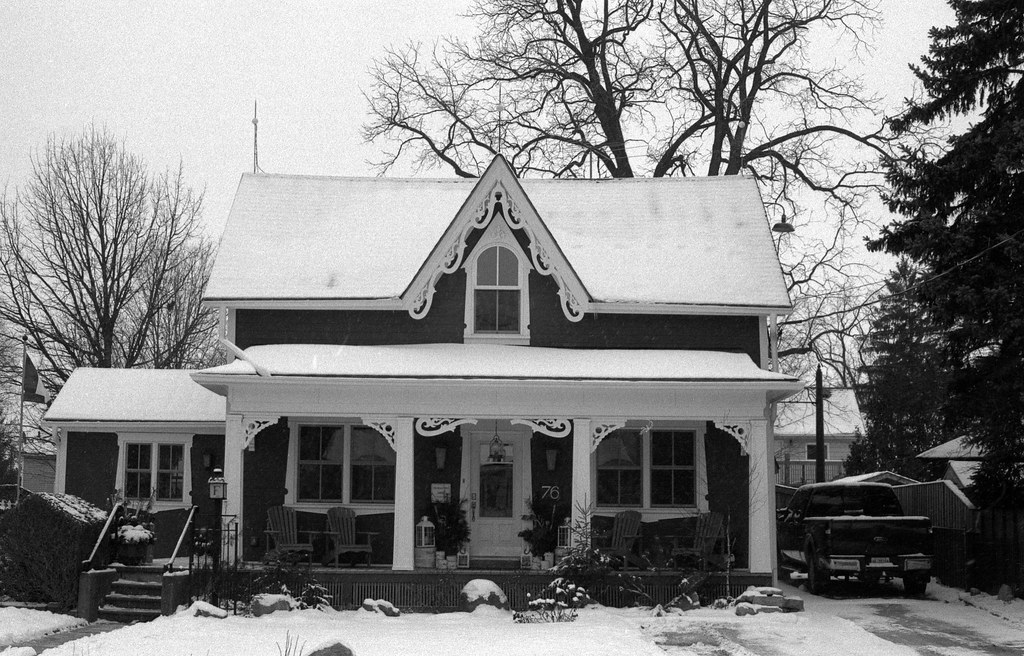

Impressions
There is nothing graceful about the Praktica LTL, nothing at all, yet despite this, it is an oddly satisfying camera. It’s heavy, clunky, and just has nothing about it that makes you want to use the camera, but again, satisfying. If you’ve never used a Praktica LTL before it will seem super awkward, heavy nothing refined about the camera at all. But at least most of the familiar controls are where they’re supposed to be, your shutter speed dial, film advance all in familiar places. The one thing you will notice is the placement of the shutter release; it’s located on the front of the body and angled away. This particular placement makes the camera such a satisfying experience because it’s a natural fit for using the camera. This feature has been on all Practical cameras since the Nova introduced it in 1964 and lifted the design from Zeiss Ikon and the Contax S. Still, it wouldn’t be a communist camera without some copying of a western design eh? Everything else on the camera is a hard edge, no plastic cover on the film advance hard knurls on the shutter speed dial. The one awkward placement is the light meter switch on the side of the lens mount that will also stop down the lens to take the meter reading using a match needle inside the viewfinder. It can be hard to do with only two hands to adjust the shutter speed and aperture to get your exposure set. Best thing I can suggest is set one of them and leave it and only adjust the other. Thankfully that was not a problem for me as the meter no longer works in my copy, so instead I shot with the ReveniLabs meter mounted on the accessory shoe. Surprisingly the viewfinder is half-decent on the camera, not the best I’ve worked with from the era, but not half bad.
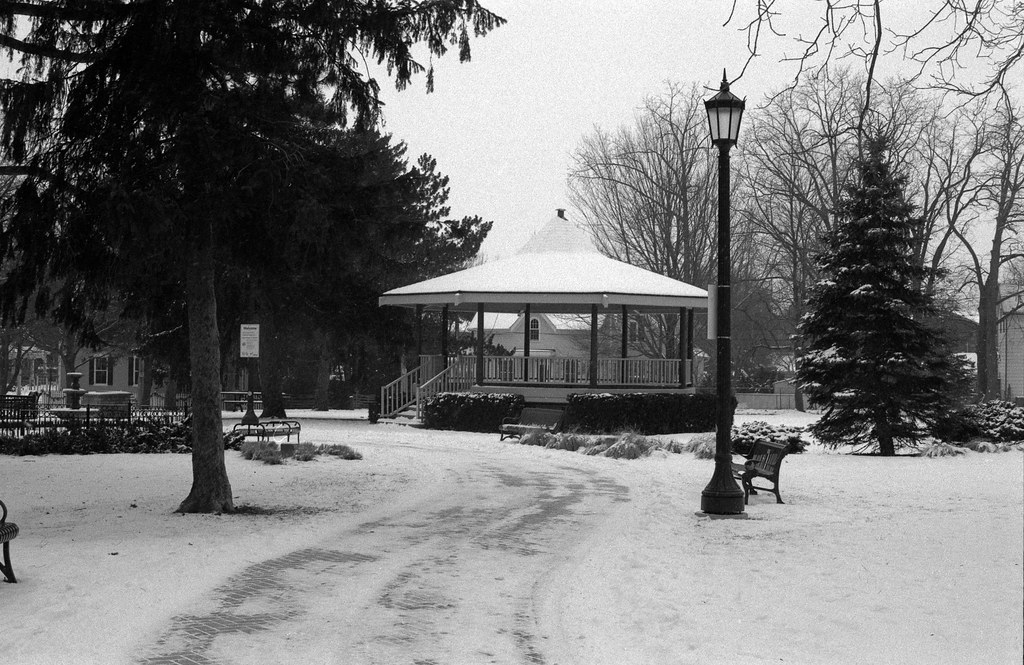

Experiences
As I mentioned in the previous paragraph, there is nothing refined about this camera. It is little more than a solid chunk of metal that can take a picture as such things won’t work exactly as you hope. Fist beef I have with the camera is the supposed ‘easy loading’ system developed by Pentacon. This is my third attempt at loading the camera. The first film didn’t catch and stripped the sprockets, the second roll misaligned and I only got half the frame exposed. Finally, after a third attempt and looking at a couple of videos, I got it loaded properly. So much for an easy loading system. Thankfully the camera survived the cold weather I shot it in (we’re talking close to -15C with the windchill) and having the gloves certainly helped out because all the hard metal made the camera cold and a little hard on the hands. Everything worked smoothly and that angled shutter release certainly helps with the ergonomics. The shutter speed dial clicks nicely, and the film advance though long is smooth. But without a plastic cover, has some sharp edges that without gloves in that cold would haven’t torn up my fingers. The biggest problem that didn’t turn out to be a problem at all and that’s the switch for powering the meter (remember, the meter is the DOA), holding that switch down and setting your exposure from the match needle proves awkward. The viewfinder is bright for a camera of the era and manufacturer, and the match needle is easy to read. At least I could mount the ReveniLabs meter on the cold shoe to get my exposure that way.
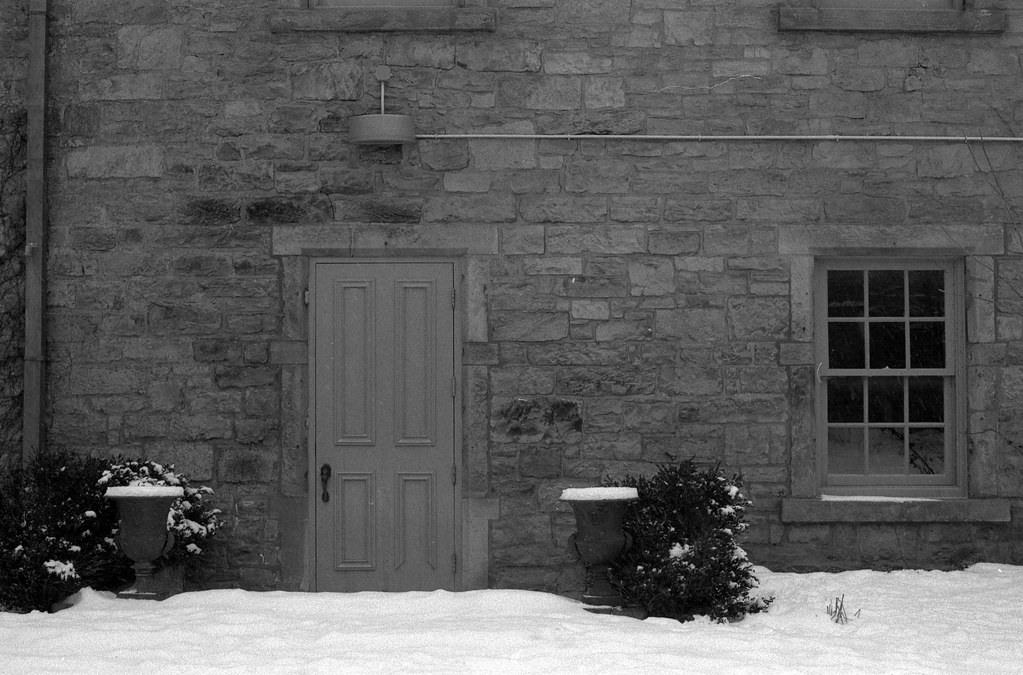

Optics
While the camera body is nothing to look at, the glass you can get for the camera has a wide range when you get down to the optics. Being an M42 mount lens, you can enjoy a wide range of lenses, Takumar, Carl Zeiss, and even Pentacon. But there are plenty of other glass options to mount on the camera. Plus having the capacity to use lenses that are automatic help with the choice also. But don’t overlook the Pentacon glass itself. Honestly, given all the other troubles I’ve had with this camera, the glass is probably the shining beacon. Remember, Pentacon was formed out of all the big, small camera and glassmakers in Dresden and included the German Democratic Republic brand of Zeiss. If you’re seeing where I’m coming from, yes, Pentacon glass is based on Zeiss design. And the Pentacon 50/1.8 I shot with proved an excellent piece of glass. But you can mount pretty much anything you want on the camera, or just ditch the camera body and use the Pentacon glass on your better M42 bodies or adapt it for your mirrorless digitals. And from what I’ve heard, when you buy a Praktica with a Pentacon lens, you’re paying for the lens, the camera is little more than a rear cap.
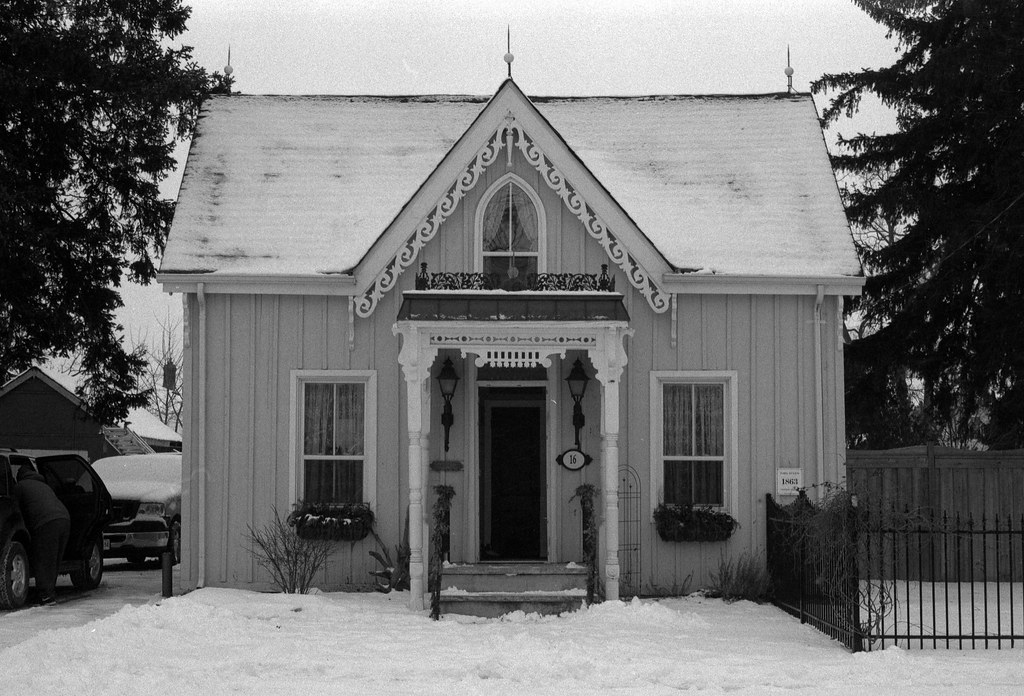

Lowdown
If you’re looking for a Praktica camera, I’ll warn you off of the LTL, seriously. There is no saving grace for this camera body at all. But not all Praktica’s are created equal, while the LTL is a miss, some later models are worth a look. I suggest the MTL series like the MTL5 produced later in 1970 and into the early 80s. Or the final camera in the lineup, the MTL50. These are newer (within the context) and far more robust build, with a better metering system and improved loading. But if you’re stuck on an LTL, make sure you know what you’re getting into when purchasing. On the used market, most are going for 45 to 95 dollars, and honestly don’t pay any more than 75 dollars. The meter will probably not work and the battery to power it is a mercury cell but the presence of an accessory shoe means you can mount any shoe-mounted meter you please (depending on your personal tastes). While the LTL is a big miss for me, don’t pass over a Praktica (Pentacon Built) they do have a few winners in their lineup.
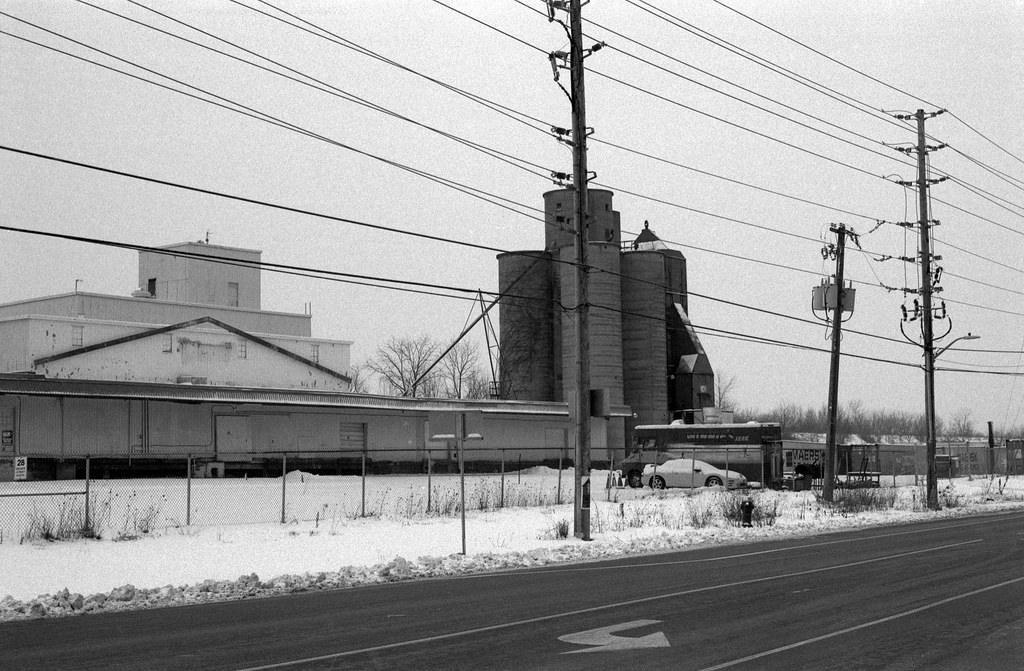

Further Reading
Don’t just take my word on the Praktica LTL; you can check out the reviews by other awesome camera reviewers!
Simon Hawketts’ Photo Blog – Praktica LTL 35mm Vintage SLR Camera
BKS Picture Blog – Praktica LTL Review
Shutter Jam – Praktica LTL Review
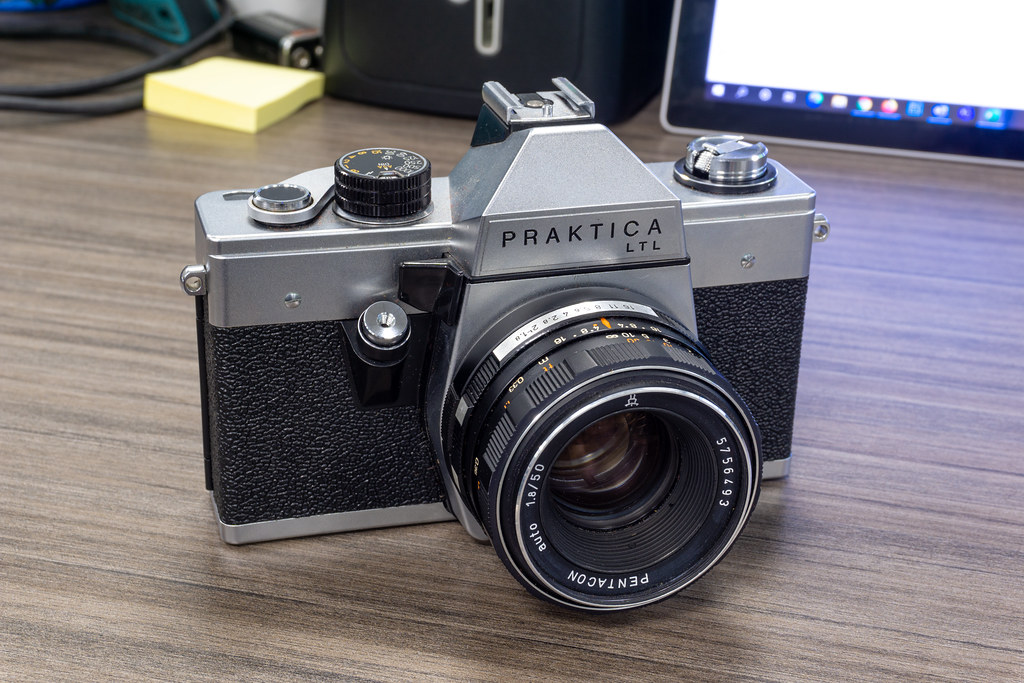

Tenho uma dessa pra vender nas não sei o valor te interessa
Bom dia, em média cobraria entre 26 e 40 euros por uma cópia de trabalho, inferior sem lente, superior com. Espero que isso ajude você a definir o preço de venda.
The meter’s bridge circuit in this and other Prakticas means it will work with an alkaline cell. The Contax S from which the inclined shutter release was lifted was a product of East German Zeiss.
I picked up one of these really cheap just for the tessar lens and hood which came with it. I have a wine cell somewhere I have to test the meter with, although I still prefer the simplicity of the L 2 with no meter.